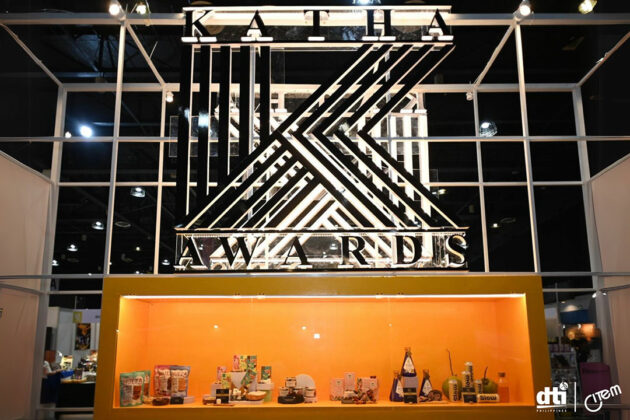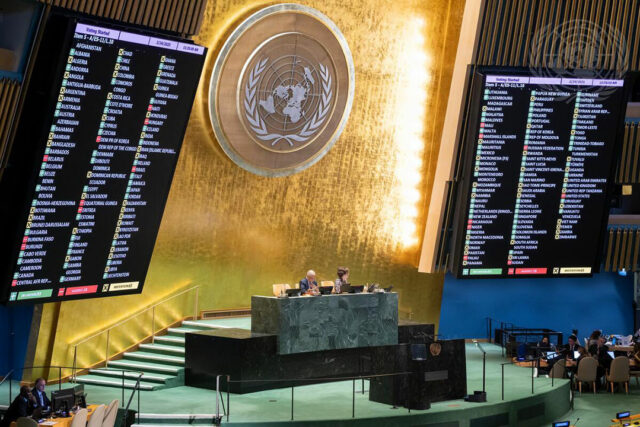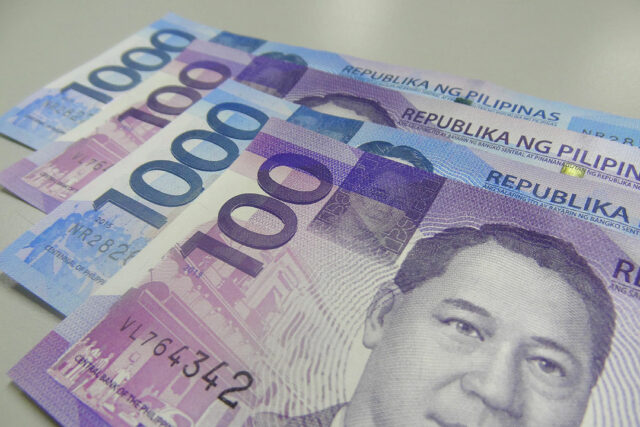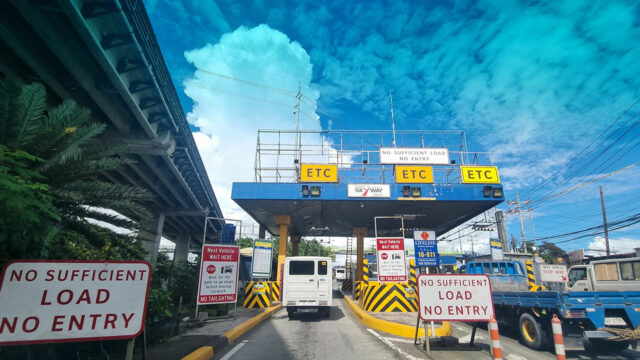Cashless toll payments are in limbo. Newly appointed Transportation Secretary Vivencio Dizon has indefinitely suspended the mandatory transition to full cashless tollways by March 15, calling the plan “anti-poor.” Dizon told the media, “I think this cashless thing is torture, so I don’t believe in it.”
Dizon argued that regulating tollway payments should not make people’s lives more difficult. He also emphasized that the payment system must be error-free. “Maybe once the system has been perfected. But right now, I don’t believe in it… we are not going cashless for the foreseeable future.”
Dizon has a point. However, if “perfection” is his benchmark, then full transition will never happen. No electronic payment system in the world is flawless. There will always be weaknesses and potential failures. Perhaps we should not lose sight of the intent behind going cashless.
The rationale was clear: reducing congestion and increasing efficiency. Moreover, electronic toll collection (ETC) has become the global standard. Admittedly, there are downsides to completely phasing out cash payments, but its benefits were expected to outweigh the costs.
Personally, I am fine with a hybrid tolling system. However, I am not opposed to going fully cashless either. Given the current situation in the Philippines, allowing both electronic and cash payments remains the most viable approach. In this sense, Dizon made the right call.
Globally, cashless tolling has been implemented successfully in many countries. It has helped reduce traffic congestion, particularly during peak hours when throughput is usually delayed by motorists stopping at toll booths to pay in cash, wait for change, and collect receipts.
The cashless system also helps lower tollway operating costs. Maintaining and staffing toll booths and handling cash transactions 24/7 add to operational expenses. However, going cashless also requires significant investments in technology and system maintenance.
By reducing traffic congestion, cashless systems lead to less vehicle idling at toll booths. This results in lower fuel consumption and fewer emissions, contributing to cleaner air and reducing land transportation’s carbon footprint.
Cashless transactions also improve accountability and security. Digital transactions are easier to trace, mitigating corruption, fraud, and fund misappropriation. Cash handling, in contrast, is more susceptible to pilferage and inefficiencies, and cash transport increases the risk of theft.
Given local realities, Dizon’s decision allows policymakers more time to adopt a more measured approach. A portion of the population — including motorists — remains unbanked and relies primarily on cash transactions. A fully digital system risks excluding them.
This group may include low-income drivers, public utility vehicles, and provincial travelers who may not have access to bank accounts, credit cards, or digital wallets. While these individuals don’t frequently use tollways, they shouldn’t be prevented from doing so due to financial constraints or lack of access to digital payment systems.
Another reality is that the Philippine cashless tollway experience has been far from seamless, with occasional technical failures causing inefficiencies rather than improvements. Although, in many cases, motorists rather than the system are at fault.
A more critical consideration is the potential for large-scale system failure. Natural disasters, power outages, cyberattacks, or technical glitches could cause significant disruptions, congestion, and frustration. A cash option should always be available as a backup.
Cash lanes can also accommodate foreign visitors, tourists, and occasional motorists who may not want to enroll in ETC programs or pre-load electronic balances. A fully digital system risks unfairly excluding them.
Then there are privacy and data security concerns. ETC systems track and log all tollway transactions, effectively monitoring motorists’ movements. It remains unclear how these datasets are stored, used, or protected from exploitation. Manipulating the system could lead to surveillance abuses or misuse of personal information.
Another pressing issue is the concept of “float” with digital wallets. Digital wallets or stored-value systems hold users’ cash before it is actually used, sometimes for extended periods. This benefits financial institutions and toll operators, as they earn interest or investment returns on these funds while users have limited control over their own money.
Additionally, motorists incur service fees when reloading their ETC wallets, leading to extra costs that could be avoided by paying in cash.
The requirement to maintain a minimum balance in RFID accounts effectively forces motorists to prepay for road use without receiving immediate service. It is unclear how long toll operators can hold these funds, whether they can invest them, or how much revenue they generate from the float.
One can only imagine how much money is stored in RFID tags nationwide at any given time — funds received in advance by tollway operators before actual usage and credited directly to their accounts. I don’t think these funds are simply held in escrow until used.
Until the Toll Regulatory Board (TRB) can account for these funds and clarify how they are utilized, and whether toll operators profit from the float, a mandatory shift to cashless tolling should be postponed. Float usage and transparency should also be factors when determining toll rates.
While the push for cashless tolling reflects a broader effort to modernize infrastructure and improve road efficiency, the transition must be inclusive and fair. Policymakers should conduct thorough studies on its economic and social impact, including costs and benefits for all stakeholders.
Data collection on traffic flow, system failures, reloading fees, and user experience should guide future policies. And the data collected, as well as studies and simulations done, should be shared with the public before they become inputs to policy and regulation. Refinements should be based on empirical evidence that is discussed with all stakeholders.
Marvin Tort is a former managing editor of BusinessWorld, and a former chairman of the Philippine Press Council
matort@yahoo.com

















